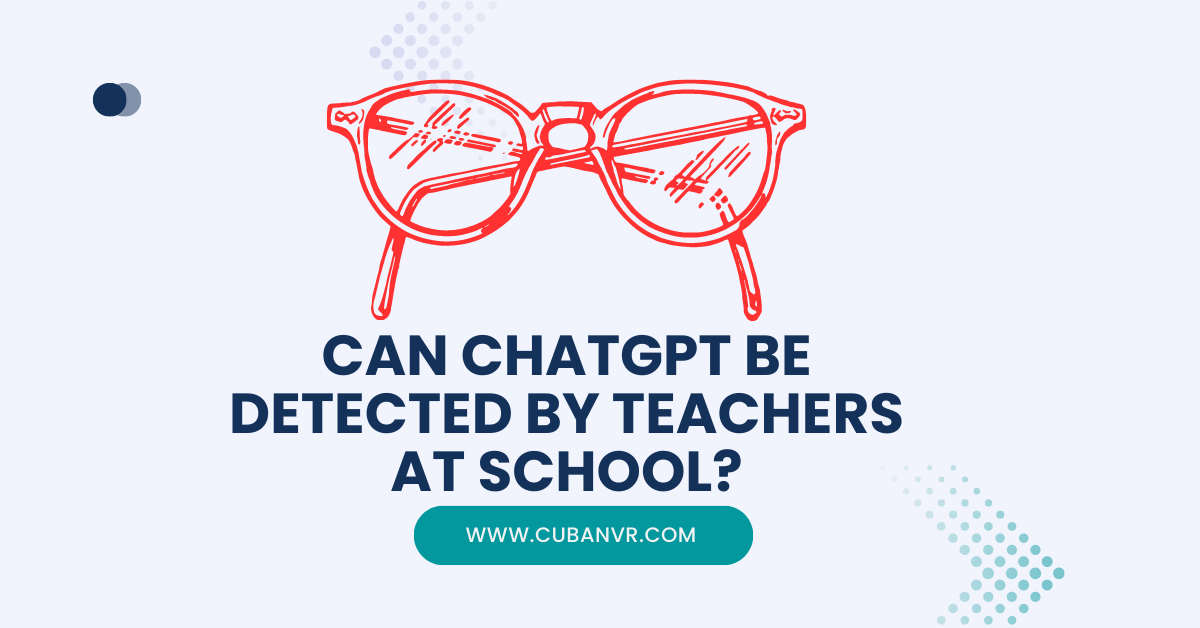Can teachers detect ChatGPT content at school? Yes, teachers who understand how ChatGPT models work, can detect ChatGPT content.
Creating undetectable content using Artificial Intelligence has been one of the major challenges for students who want to improve their learning skills and give their productivity a boost. Ranging from writing school essays to solving assignments and many more.
The integration of artificial intelligence into various educational settings has opened up new avenues for learning and engagement. In this regard, the ChatGPT language model created by OpenAI is one technique that has attracted the interest of many students for the completion of their academic work.
A relevant concern is raised as students and educators engage with AI-generated content. This concern has led to students asking if their teachers recognize ChatGPT’s influence on their academic work.
Honestly, most teachers and educators can now spot handwritten text and AI-generated text, this is why we would discuss the challenges and potential strategies educators can employ to identify the use of AI-generated content in educational environments.
See also: How To Use Turnitin AI Detection Checker – The Complete Guide
The rise of AI in education
AI technologies, including language models like ChatGPT, have gained traction in education due to their potential to aid in content generation, provide personalized tutoring, and enhance learning experiences. As students increasingly engage with AI-generated content, it becomes important for educators to understand whether these technologies are playing a role in their students’ work.
Problems with Identifying ChatGPT’s Influence
Natural language fluency
ChatGPT is designed to produce coherent and human-like text, making it challenging for teachers to distinguish AI-generated content from student-written work solely based on language fluency.
Incorporation of subject Matter
AI-generated content can seamlessly integrate subject-specific information and terminology, making it difficult for teachers to identify content that may have originated from an AI model.
Lack of attribution
Students might not explicitly mention that they used AI assistance, making it challenging for educators to differentiate between original work and content generated with AI support.
Consistency and volume
If students use AI-generated content consistently throughout their work or in substantial amounts, it could become less consistent with their writing style and raise suspicions. However, subtle incorporations may go unnoticed.
Strategies for detecting ChatGPT’s influence
Varying writing styles
Teachers can assess students’ writing styles across different assignments. If a sudden change in style is detected, it might signal the potential use of AI-generated content.
Content knowledge assessment
Teachers can design assessment methods that probe students’ depth of understanding. If the submitted work lacks the expected comprehension of the subject matter, it could indicate the use of AI-generated material.
Questioning and discussion
Engaging students in discussions about their assignments can reveal inconsistencies or gaps in their understanding, potentially hinting at the influence of AI-generated content.
Reverse image/text search
Teachers can use search engines to check for text similarity across the internet or reverse image search for images used in assignments, which could lead to the source of AI-generated content.
Educators have the opportunity to foster a culture of ethical AI use by openly discussing the role of AI in education, encouraging transparent communication, and setting guidelines for AI-assisted work. Rather than solely focusing on detecting AI’s influence, educators can engage students in conversations about responsible use and the importance of integrating AI-generated content in a way that enhances their learning experience.
See also: Can Turnitin Detect Chat GPT? The Honest Answer
FAQs
Can teachers know when you use ChatGPT?
Turnitin, an organization that fights plagiarism, asserts that it can identify students who use ChatGPT for their assignments.
Is ChatGPT detectable?
Of course, it is! While some may find this worrying, students must realize that employing artificial intelligence in this way does not replace their academic work or ability to think critically.
How do they know if you use ChatGPT?
Any piece of text can be examined for clues that it wasn’t written by a human by the AI Content Detector, which advertises a 97.8% accuracy rate. To accomplish this, the detector is trained using the techniques and patterns that programs like ChatGPT and other Large Language Models employ to generate text.
Conclusion
The presence of AI in education offers both opportunities and challenges. While detecting the influence of ChatGPT in students’ work can be challenging due to its natural language fluency and adaptability, educators can employ various strategies to identify potential AI-generated content.
The relationship between educators and AI will undoubtedly shape the future of education, emphasizing the importance of fostering a balanced and transparent approach to utilizing AI-generated content while nurturing students’ intellectual growth and critical thinking skills.
